The 2025 Vision Pro has arrived with its most significant upgrade yet: the M5 chip and a completely redesigned comfort system. Early reviewers have already gotten their hands on Apple's latest spatial computer, and the first impressions are rolling in ahead of this week's launch. The big question isn't just about raw performance anymore. It's whether Apple has finally cracked the code on making a premium headset you'd actually want to wear for hours. Comfort, or bust.
The timing could not be better. With Samsung's Galaxy XR reportedly targeting just 19.2 ounces and Meta refining the Quest lineup, Apple needed to fix the original Vision Pro's most glaring weakness: comfort. Competitive pressure aside, the first model's issues were not subtle. The new one ships with enhanced processing power through the M5 chip's 10-core architecture, promising up to 50% faster AI performance and smoother 120Hz refresh rates. More importantly, every unit now includes the new Dual Knit Band, a rethink of how the headset spreads its considerable weight across your head.
What makes the Dual Knit Band different?
Reportedly at 1.6 pounds without the battery pack, the headset is notably heavier than competitors like the Meta Quest 3, which weighs just 1.1 pounds with its battery included. That front-heavy design created a constant forward pull that strained necks during extended sessions. A fundamental physics problem that made the Vision Pro tough to use for the hour-long work blocks Apple envisioned.
Apple's engineering solution tackles the biomechanics directly. The Dual Knit Band features upper and lower straps that are 3D-knitted as a single piece, creating what Apple calls a "unique dual-rib structure." The lower strap includes flexible tungsten inserts that act as counterweights, while the top strap spreads load across the crown of your head. A dual-function fit dial lets you adjust each strap independently. Push it in to tighten the lower band, pull it out to adjust the top strap.
The material choices help too. Sources claim it has 3D knitted fabric that provides cushioning and breathability, addressing another common complaint about the original bands. Multiple reviewers note that the knit material feels comfortable against the skin, and the dual-rib structure creates better airflow than previous designs. Instead of just softening the band, Apple went after the physics. The rumored tungsten counterweights create a balancing force that reduces the forward moment arm, which makes your neck work less to keep the headset steady.
How much difference does it actually make?
Here's where early reviews reveal something counterintuitive. Despite the new Vision Pro being 5 ounces heavier than the original due to the tungsten counterweights, most testers report it feeling significantly more comfortable for many people and scenarios. The counterbalanced design means the headset doesn't feel like it's falling down on your cheeks as much, and the weight distribution improves overall stability for both seated work and standing entertainment.
Tom's Guide found the Vision Pro M5 "much more comfortable to wear than the original", while 9to5Mac called the Dual Knit Band "a huge upgrade over the Solo Knit Band and Dual Loop Band", praising its adjustability and ease of use. The Independent's reviewer added a telling line: even though specifications show the new model is heavier, "the design means that even though it is heavier, it feels much lighter".
Think of it like carrying a heavy backpack versus carrying the same weight in a grocery bag. Distribution matters more than absolute mass when you are chasing long-term comfort. That becomes crucial when "extended periods" now means 2- to 3-hour work sessions rather than the 20- to 30-minute demos that defined most original Vision Pro usage.
The comfort gains translate into real usability. TechRadar reported being able to wear the headset for extended periods without the neck strain that plagued the first model. This is not just about luxury. It is about making the Vision Pro viable for productivity workflows and immersive entertainment that justify the premium price.
Beyond comfort: what else has changed?
The M5 chip brings meaningful performance boosts that pair nicely with the comfort upgrades. The new processor enables 10% more rendered pixels and supports refresh rates up to 120Hz, compared to the original's 100Hz maximum. The 16-core Neural Engine accelerates Apple Intelligence features, making Persona generation and spatial photo rendering up to 50% faster. You feel these during longer sessions, when small visual stutters would usually stack up into fatigue.
Battery life gets a targeted but useful bump. The new model has an inferred rating of 2.5 hours of general use and 3 hours of video playback, compared to 2 hours and 2.5 hours, respectively, for the original. It is still not all-day, but it lines up with the longer, more comfortable sessions the Dual Knit Band allows. You can actually use the full battery without comfort, forcing an earlier break.
Display upgrades are subtle yet noticeable. Multiple reviewers noted reduced motion blur in the live pass-through view, which makes mixed reality feel more natural for both work and play. The higher refresh rate especially helps in Mac Virtual Display mode, where the experience "feels much more natural than before," according to testing, crucial for those multi-hour work blocks.
The bigger picture: comfort as competitive advantage
Apple's comfort focus is not just about happy faces; it is a strategy. Samsung's Galaxy XR is reportedly targeting just 19.2 ounces, significantly lighter than the Vision Pro's 26.4 to 28.2 ounce range. Apple's counterbalanced approach might deliver superior real-world comfort even against lighter competitors, especially for people with different head shapes or anyone switching between sitting and standing during long sessions.
The band's backward compatibility says a lot, too. Available separately for $99 for existing Vision Pro owners, early reports suggest the separate band is proving popular among original users trying to extend comfortable time in the headset. A bridge that builds loyalty while Apple works on next-gen hardware.
These comfort gains align with Apple's spatial computing roadmap. As the company works toward lighter materials like titanium for future versions, the Dual Knit Band serves as a bridge solution, making today's hardware more practical while underscoring Apple's interest in solving ergonomics through immediate engineering and longer-term materials research.
PRO TIP: While competitors focus primarily on weight reduction, Apple's dual approach of smart weight distribution plus future materials research could maintain comfort leadership even as device categories trend lighter.
What this means for potential buyers
The 2025 Vision Pro reads as Apple's first full answer to the original's biggest practical limitation. It is still a premium, first-generation category, yet the comfort improvements shift it from impressive but impractical to something you can actually use for extended work and entertainment. Reviewers consistently noted being able to wear the new model for longer sessions without the fatigue that colored early Vision Pro experiences.
For productivity-focused buyers, the mix of M5 performance and extended comfort makes Mac Virtual Display mode viable for multi-hour work. For entertainment, the improved battery now aligns with comfortable viewing time. You can finish a movie without comfort, cutting the night short.
The M5 chip also keeps the hardware in step with Apple's expanding software ambitions, particularly as visionOS 26 adds new Apple Intelligence features designed for spatial workflows. At the same launch price of $3,499, the new model delivers practical gains without the usual next-gen markup.
For existing owners, the $99 Dual Knit Band looks like an exceptional value given the comfort jump reported by early testers. Based on reviewer feedback, it might be the single most impactful Vision Pro accessory for stretching session length, more significant than extra storage or premium light seals for most people.
Bottom line: Apple took the most common criticism of the Vision Pro seriously and shipped a thoughtful engineering fix to a real biomechanical problem. The Dual Knit Band will not make you forget you are wearing a headset, but it makes the experience comfortable enough for the extended sessions that spatial computing needs to deliver on its productivity and entertainment promises. Sometimes the best upgrades remove friction rather than add features.




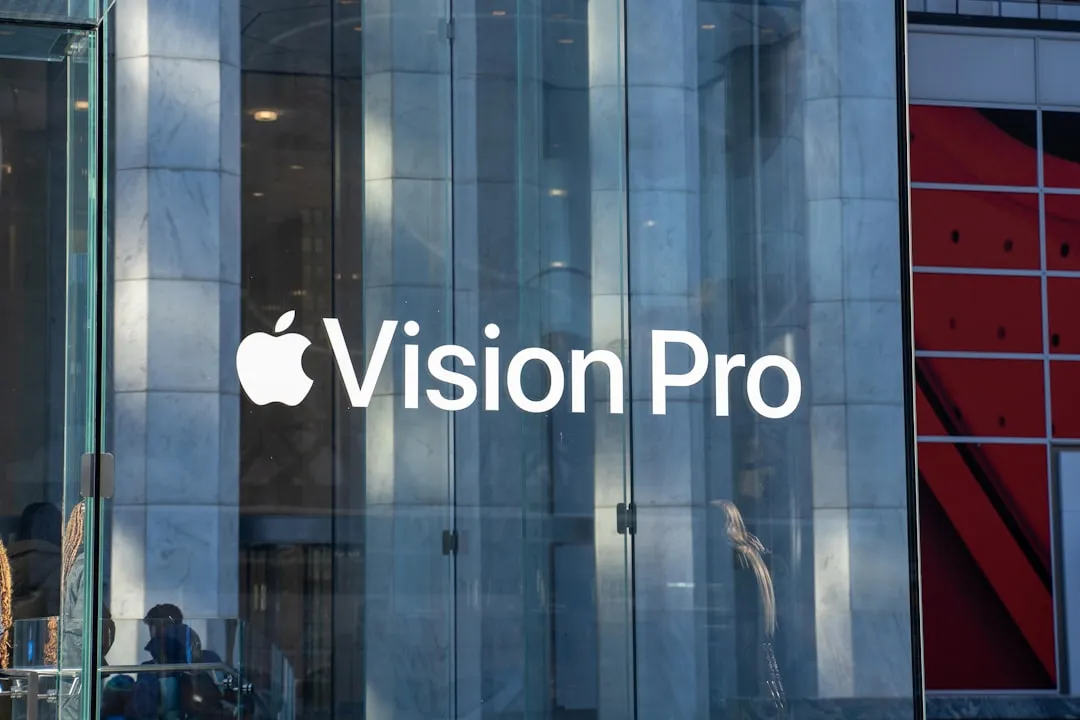
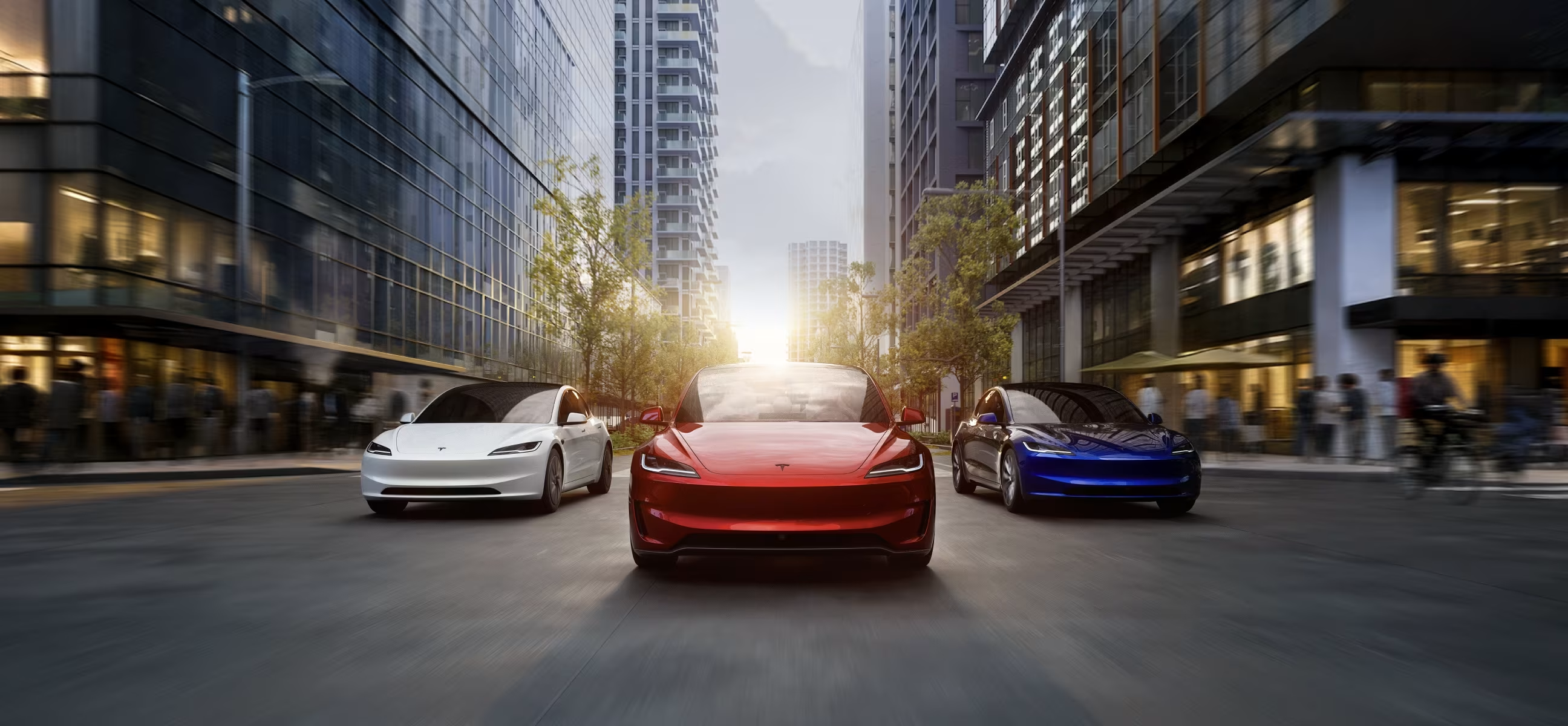
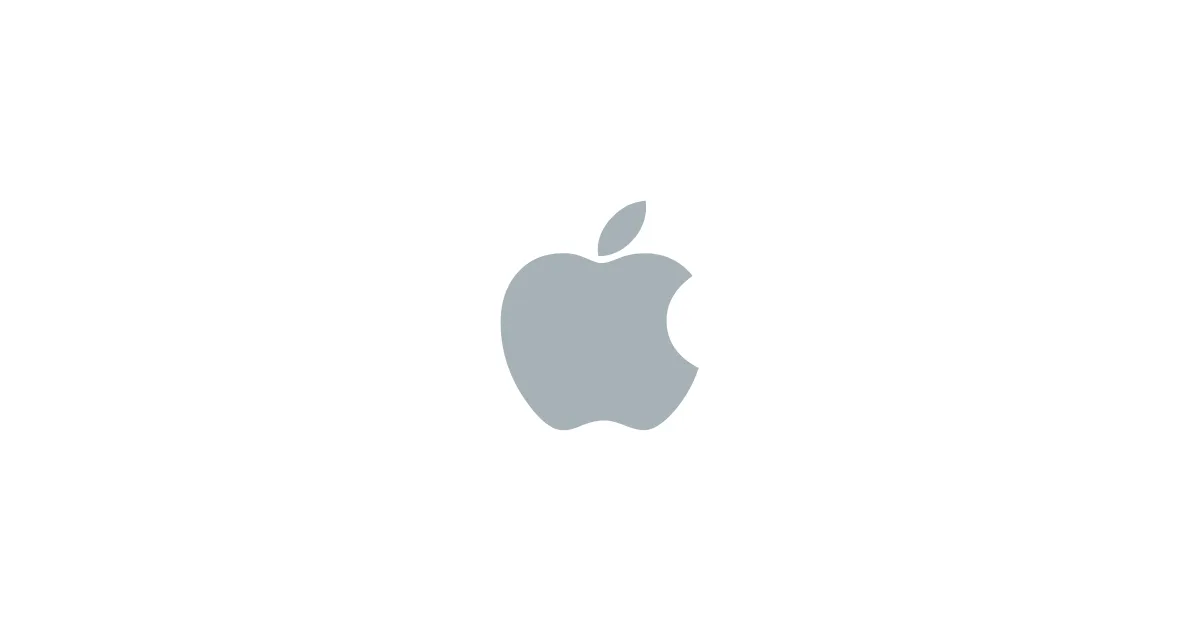
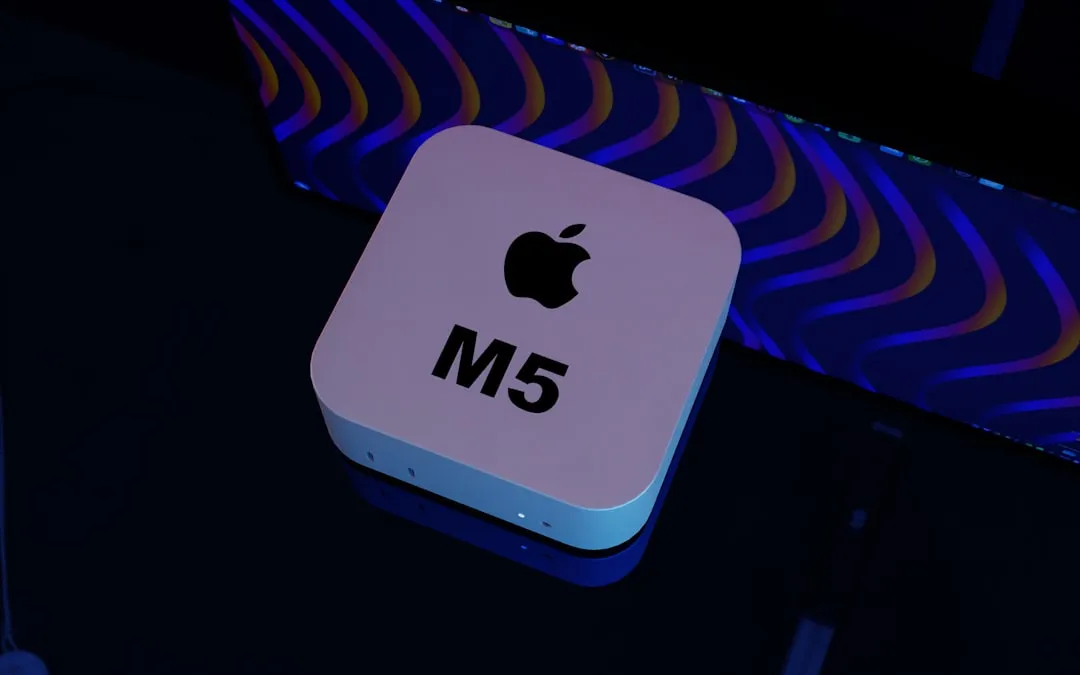
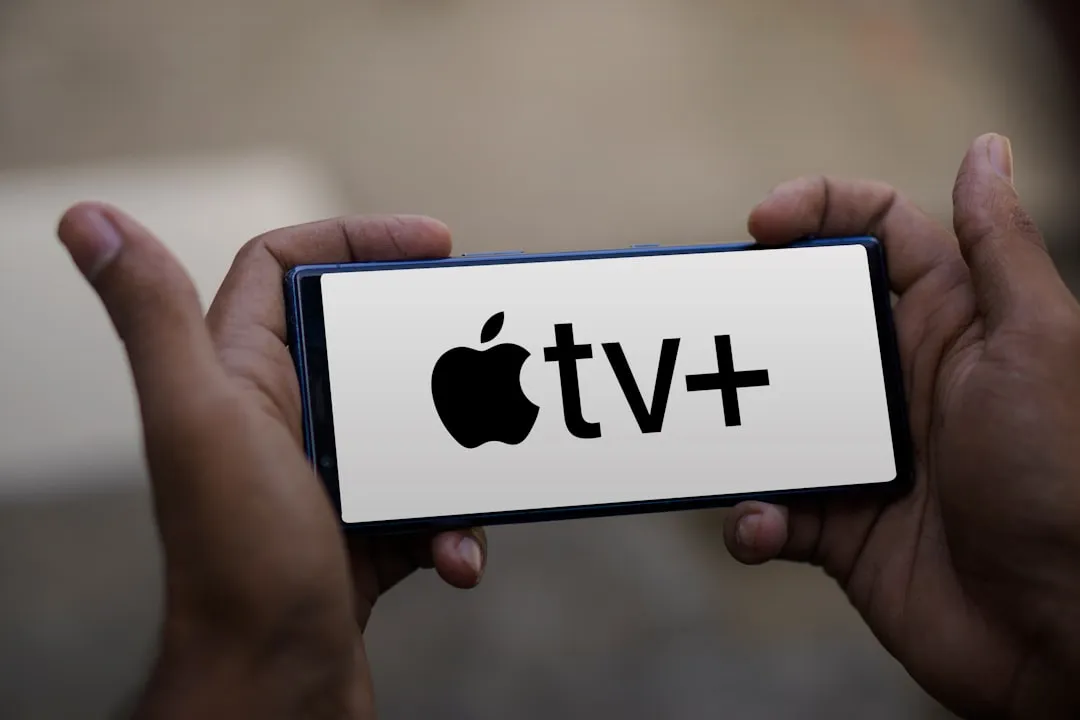
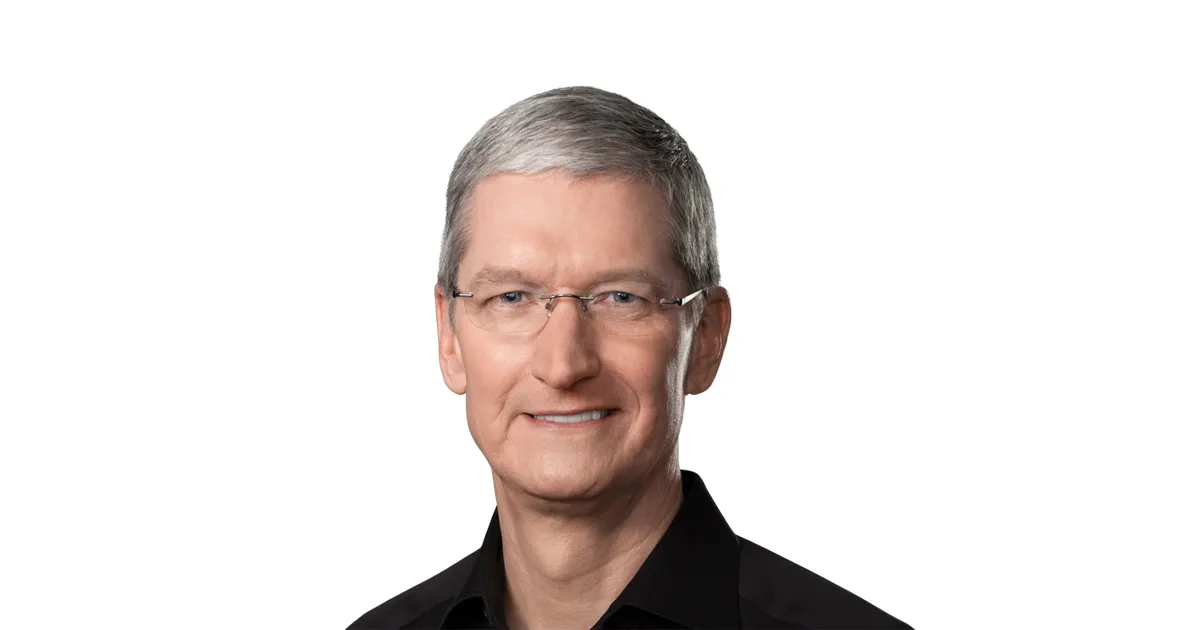
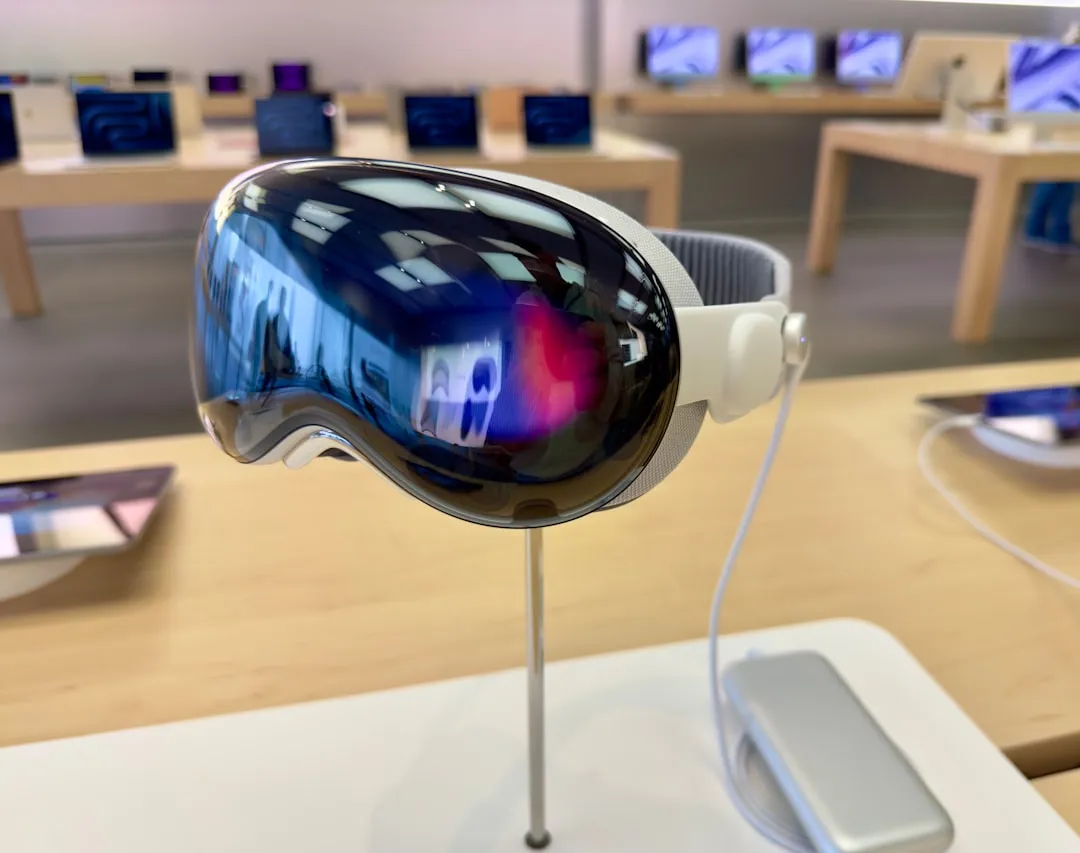
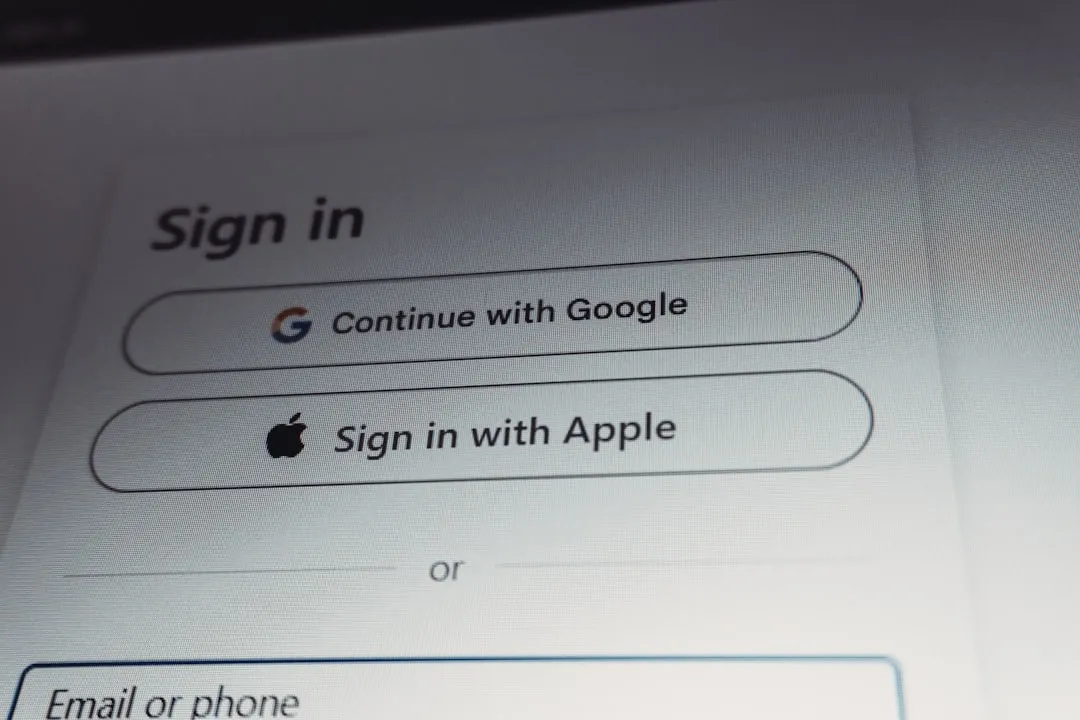
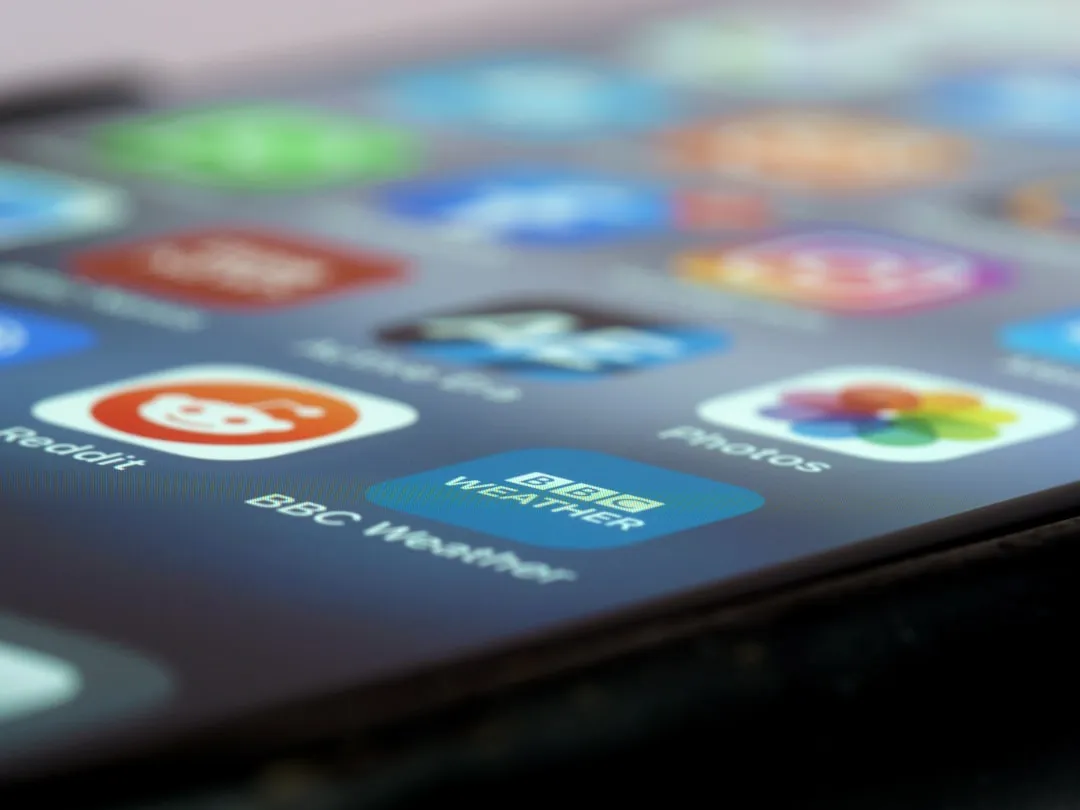
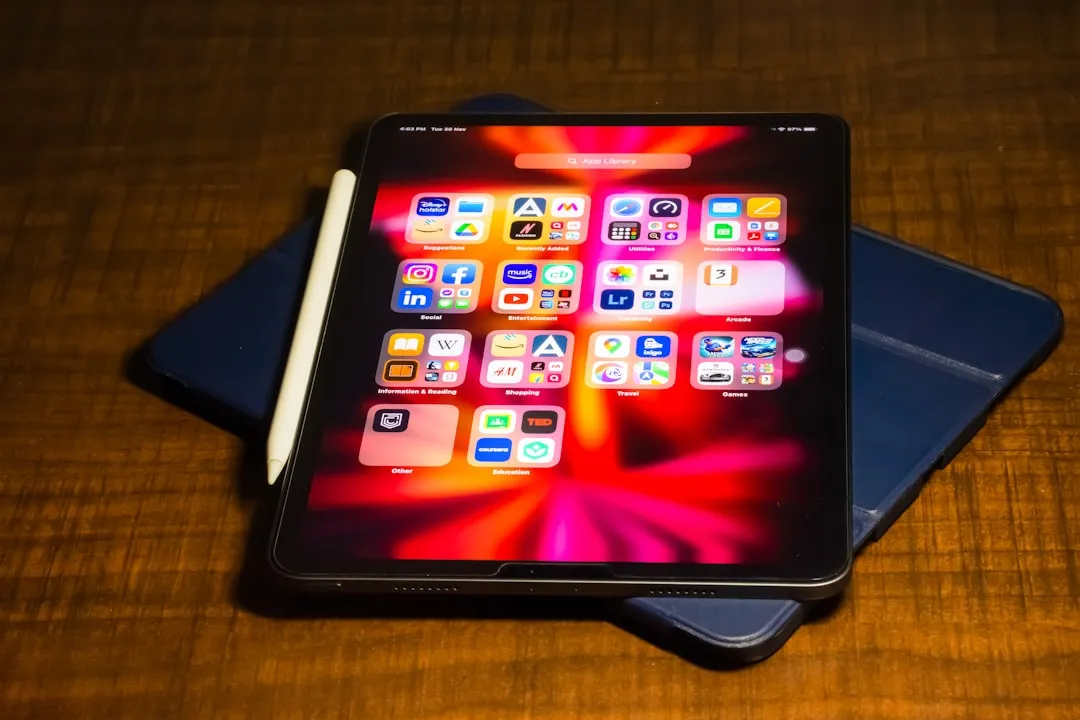
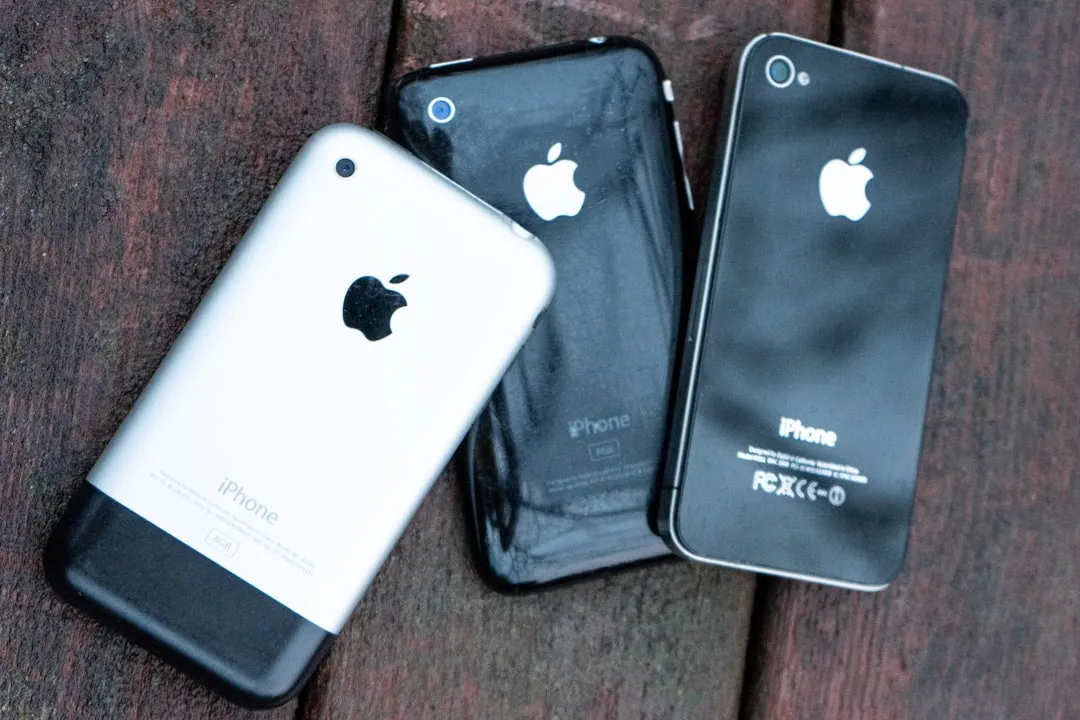
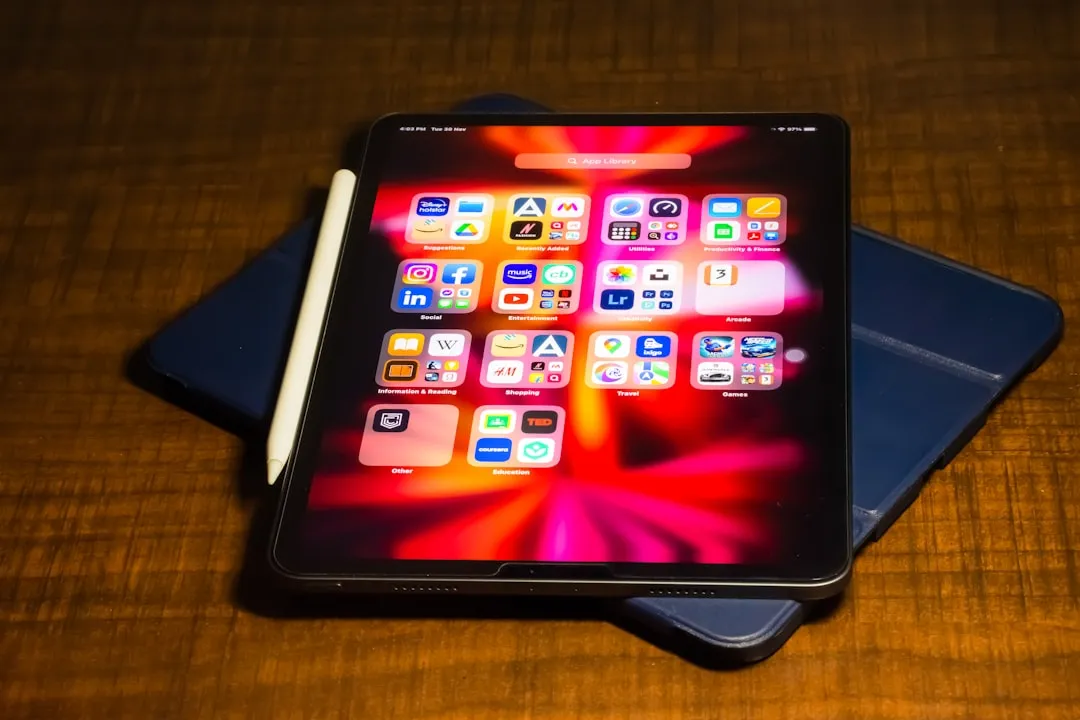

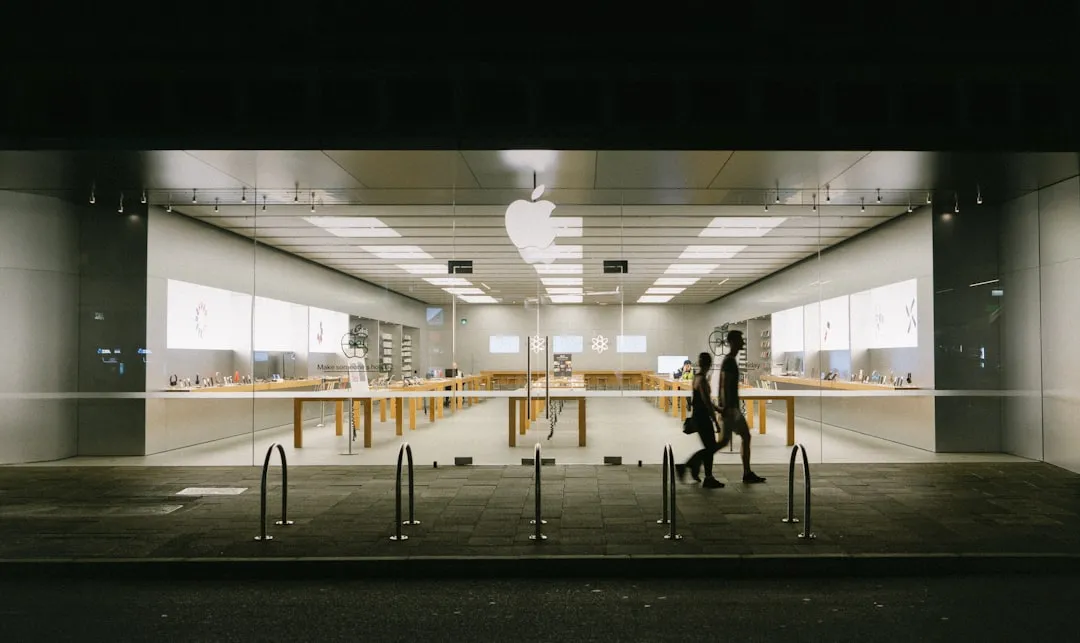
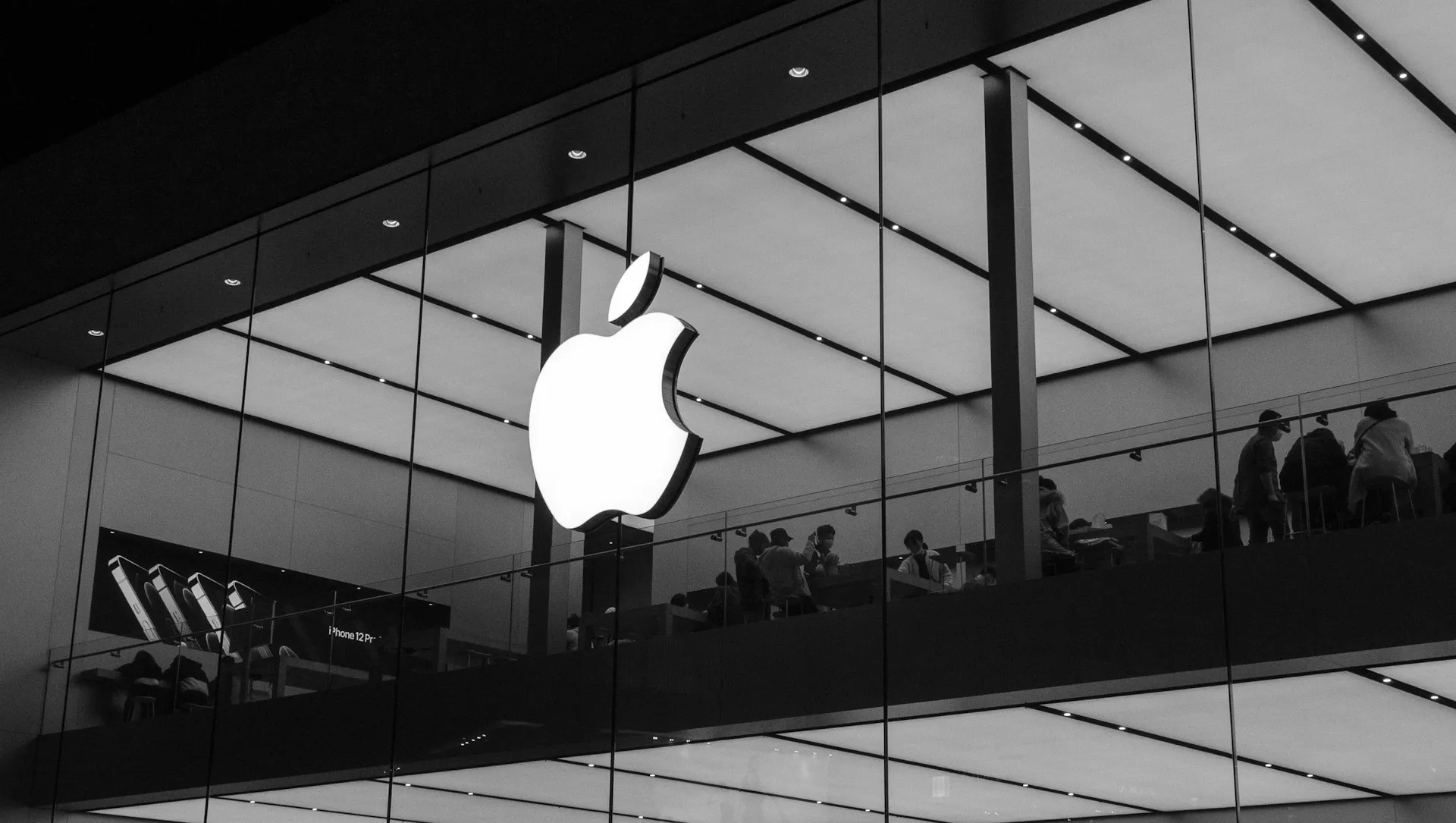
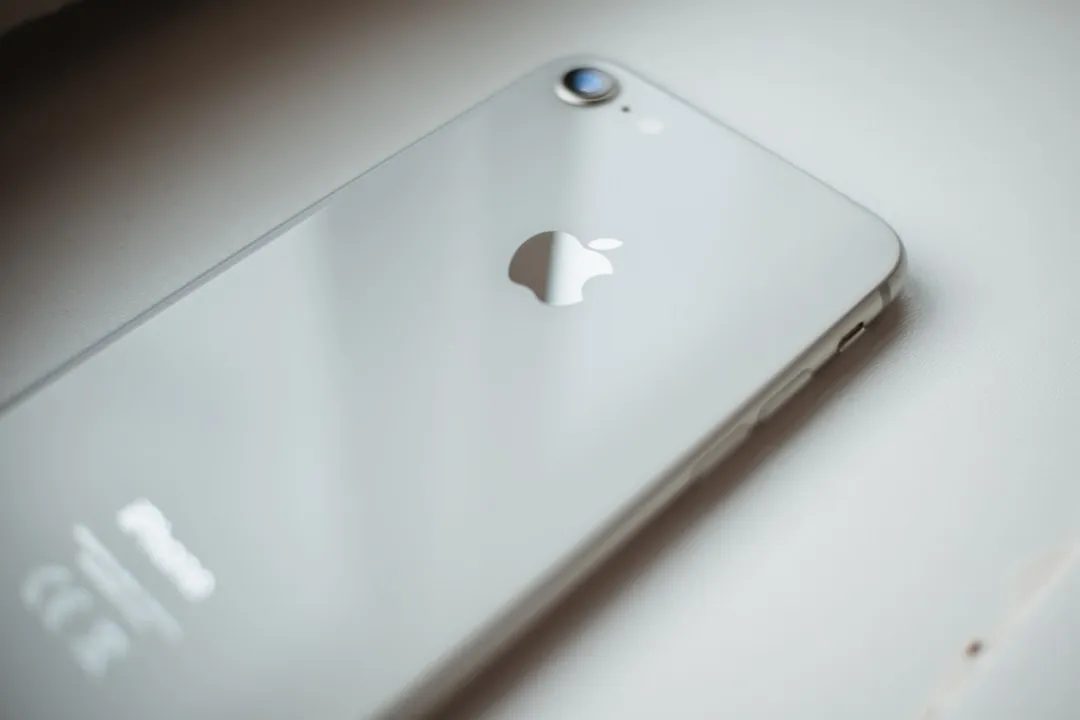
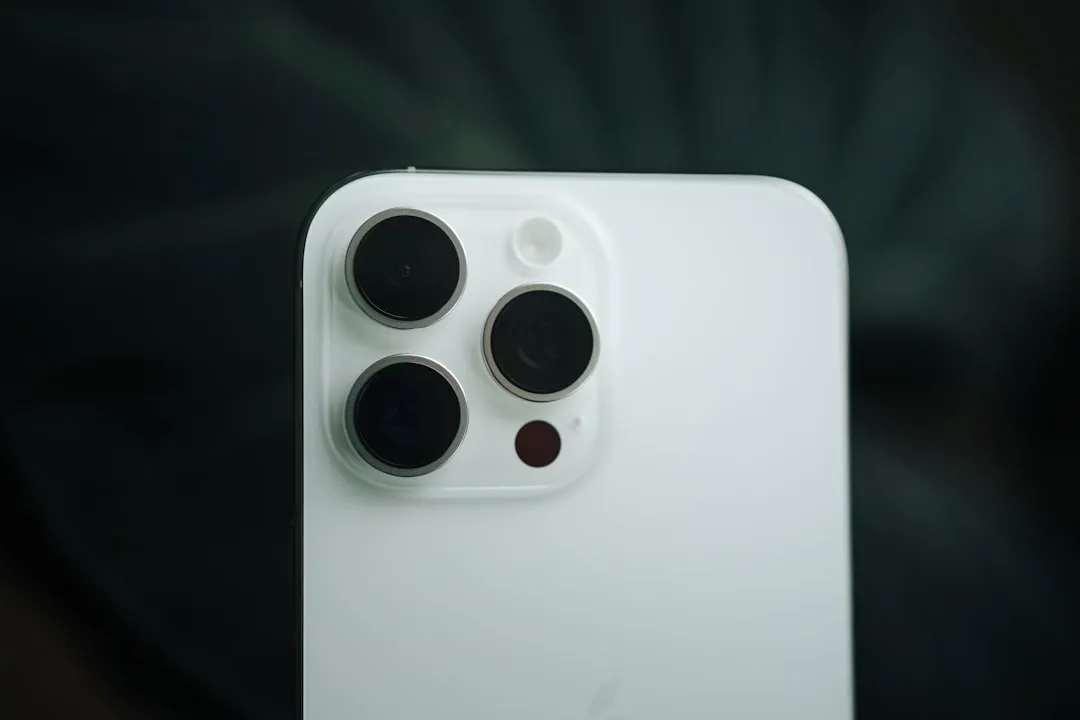
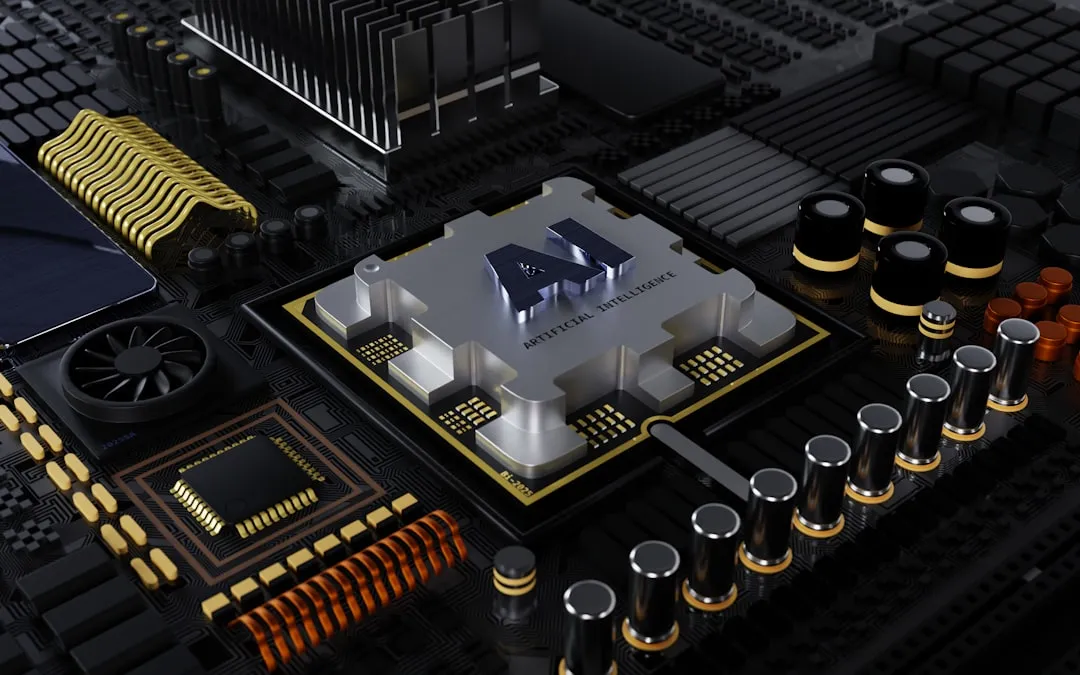
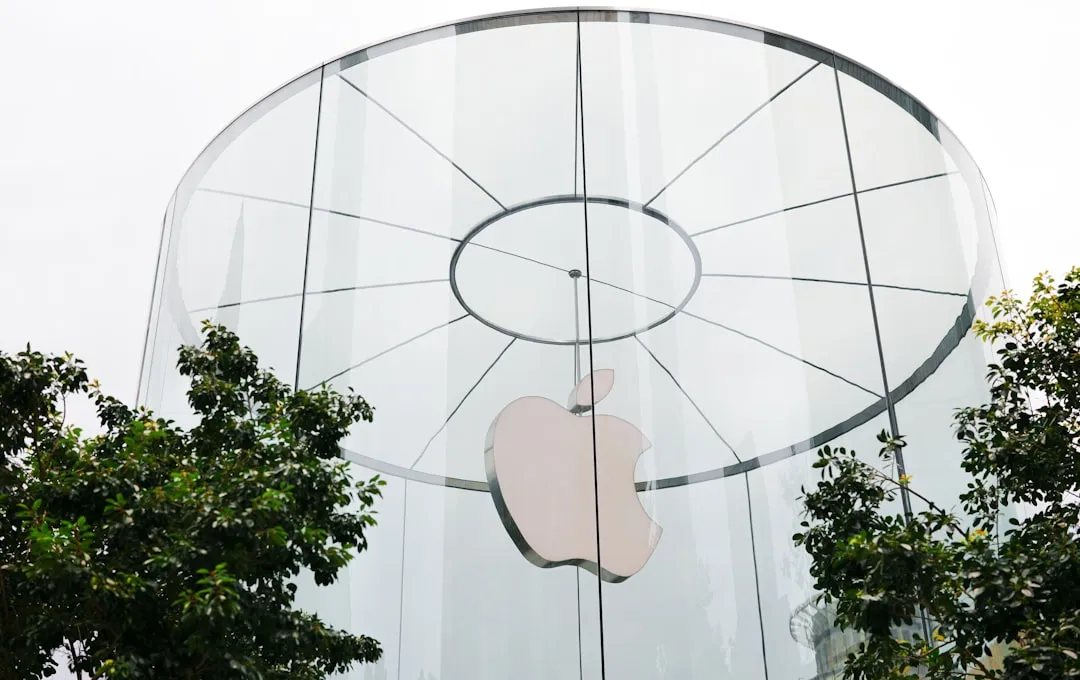

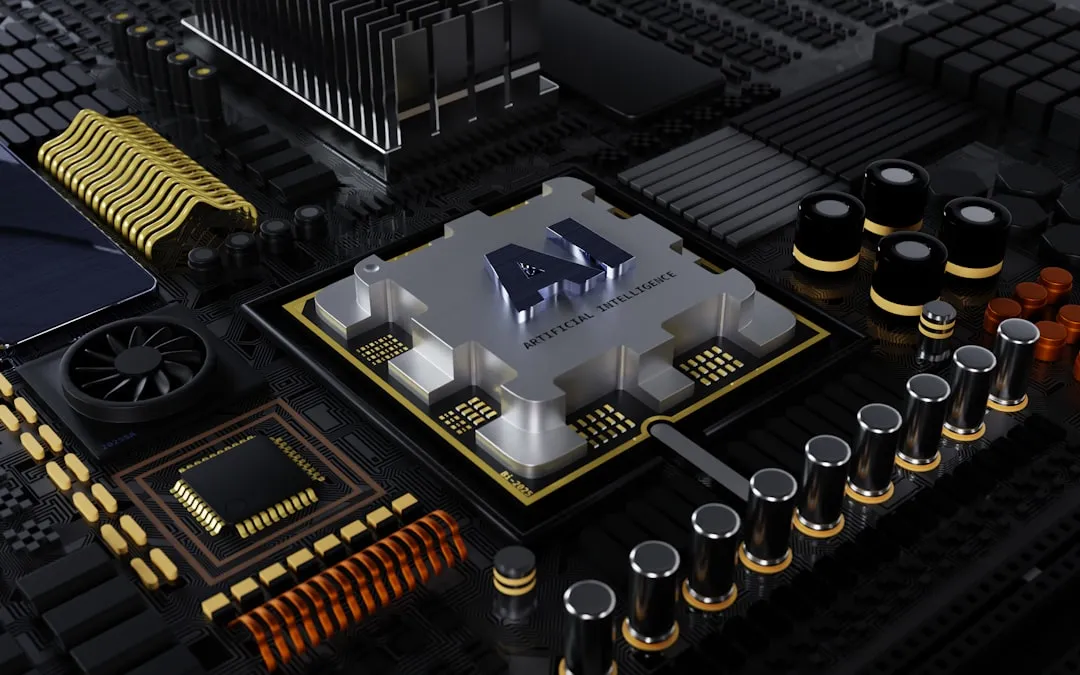
Comments
Be the first, drop a comment!